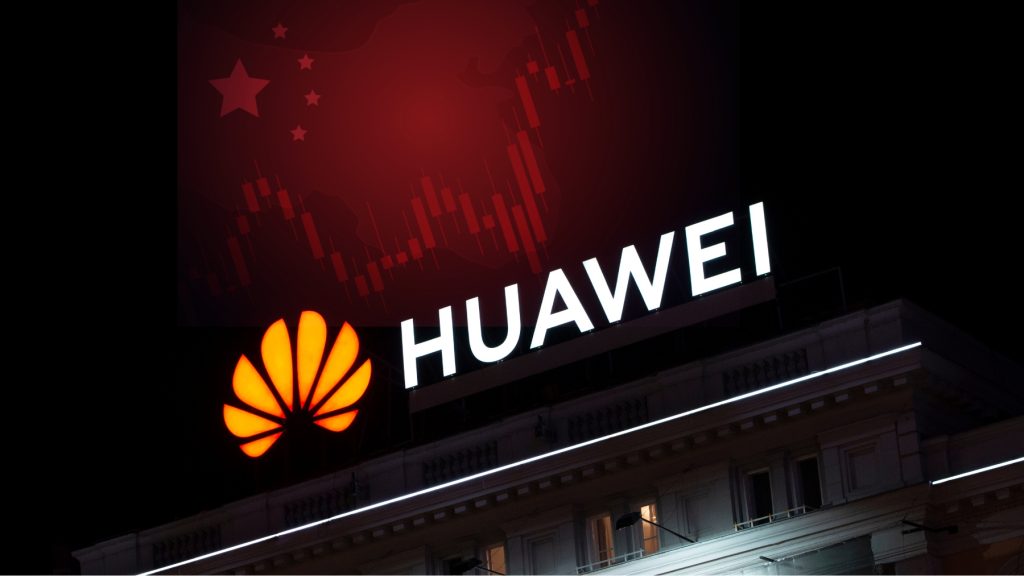
Huawei quietly released the Mate 60 Pro, the world’s first mass-produced smartphone with satellite communication capabilities.
- China’s recent move in the U.S. and China war couldn’t have come at a better time.
- The Mate 60 Pro symbolizes Huawei’s triumphant return, defying U.S. restrictions on software and circuitry.
China beats the U.S. to the punch as Huawei stealthily launched on August 29th their Mate 60 Pro, the first mass-produced smartphone to support satellite communication.
Let’s talk about the phone first.
From what I’ve seen online — currently only available in China — the mobile has a 6.82-inch 20=bit LTPO OLED screen with a 120HZ adapter refresh rate. At a whopping price tag of $960, it also has a 50MP main camera, a 12MO ultrawide, and a 448MP telephoto. Other than that, running on Huawei’s HarmonyOX 4.0, the battery is a 5,000mAh one, supporting wireless charging at 88W and 50W.
All these specs are nice and all but what’s really sending consumers and, quite frankly, the whole market into a frenzy is its satellite communication capabilities.
You see, this ordinary-looking piece of metal is the first mass-produced smartphone capable of making and receiving calls even in areas without ground network signals.
Now, what does that have to do with U.S. and China war?
Well, everything. Let me explain.
It’s a classic tale of sanctions and workarounds, so try to keep up.
Trump Era
Former U.S. President Donald Trump imposed extensive tariffs on China, alleging unfair trade practices. This initiated a sequence of events including negotiations, tariff escalations ($550 billion on Chinese goods and $185 billion on U.S. products), technology restrictions, and WTO disputes, bringing U.S.-China trade tensions to the brink of a full trade war. Signs of reconciliation appeared on January 15, 2020, with the Phase One Deal, involving tariff reductions, increased trade purchases, and renewed commitments on intellectual property, technology transfer, and currency practices.
It’s also worth mentioning that the Trump administration sanctioned a number of individuals mostly due to human rights violations like the Uyghur genocide, and Hong Kong’s autonomy.
Biden Era
Starting off strong, President Biden promised to be tougher but open to cooperation with China to end this U.S. and China war.
Meanwhile, China sanctioned Pompeo and other Trump administration officials.
In return, the telecom regulator, the US Federal Communications Commission (FCC) blacklisted Five Chinese companies including Huawei and 24 Mainland China and Hong Kong officials ahead of Alaska talks. A string of back-and-forths and tits-for-tats ensues.
2023 began with the U.S. House of Representatives establishing a Select Committee focused on strategic competition with China. Then, the U.S. Department of Commerce took measures against Chinese entities, imposing export controls on multiple Chinese companies and adding several to the Entity List.
China, in turn, responded by adding US defense companies to its Unreliable Entity List in retaliation for arms sales to Taiwan. then, an unexpected “spy balloon” incident involving China further strained ties, prompting the postponement of a planned diplomatic visit by the U.S. Secretary of State to China.
These are watered-down versions. Headache? Me too. Here’s Tylenol.
So, back to the main news, the Phone.
The launch of the sleek Mate 60 Pro smartphone is basically Huawei’s triumphant resurgence after grappling with U.S. restrictions on software and circuitry. Investor response has been positive, with shares of Chinese chip makers, gearmakers, and Huawei suppliers surging by 8% to 20%.
Huawei may have crafted a 5G chip rivaling top U.S. offerings, despite lacking access to advanced chip manufacturing technologies like those from Taiwan Semiconductor Manufacturing Co (TSMC).
Do you believe in coincidence, dear reader? No? Here’s one.
The launch coincided with U.S. Commerce Secretary Gina Raimondo’s visit to Beijing and Shanghai, a key figure in imposing restrictions on Chinese entities, including Huawei.
Analysts approach with caution, acknowledging the launch’s positive impact on the industry, yet questioning its long-term effect, especially on the U.S. and China war.
Inside Telecom provides you with an extensive list of content covering all aspects of the tech industry. Keep an eye on our Tech sections to stay informed and up-to-date with our daily articles.